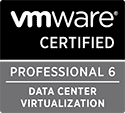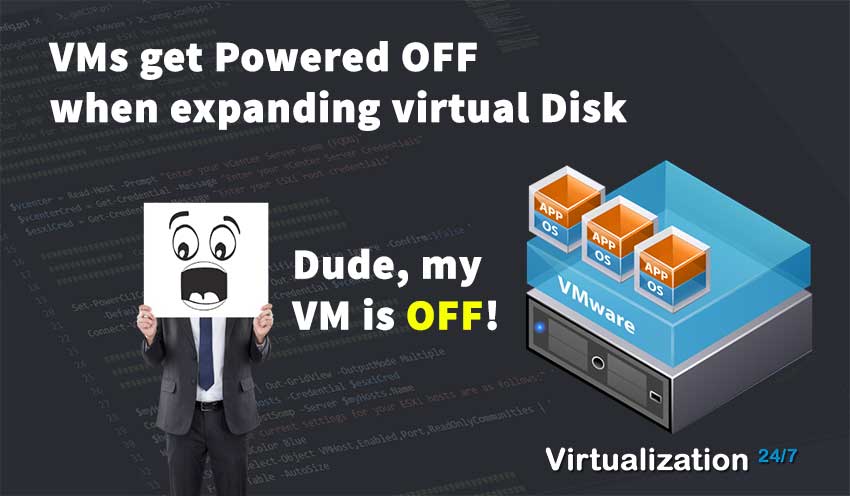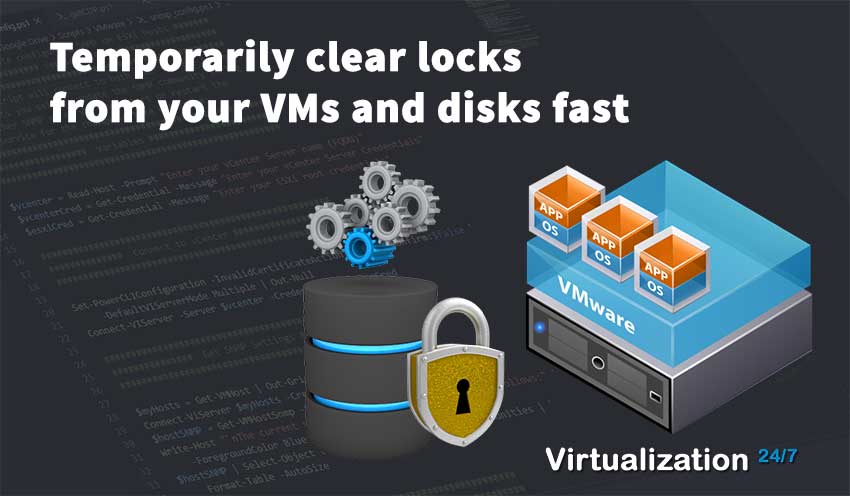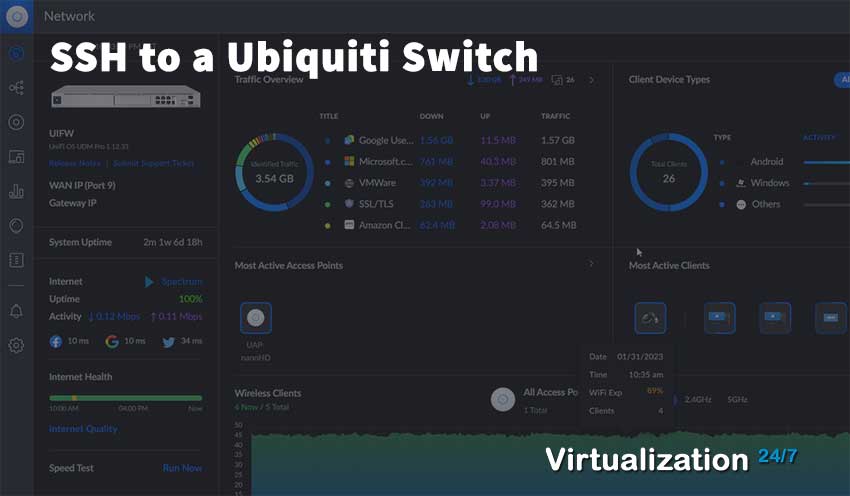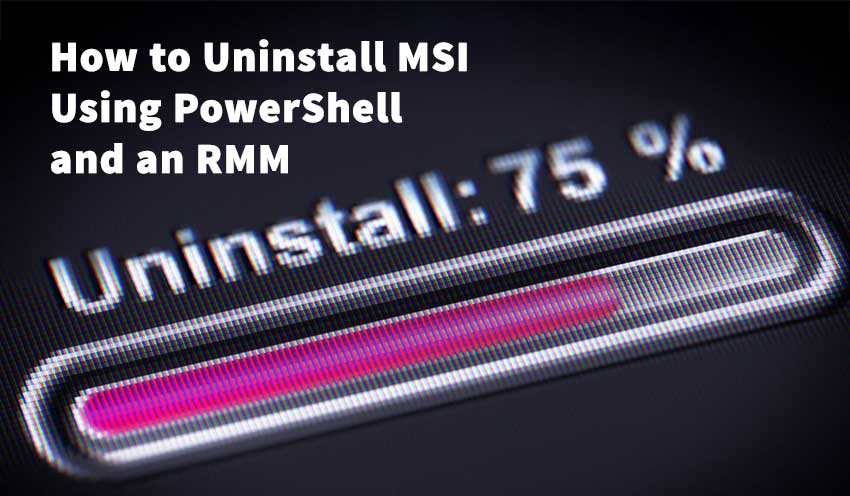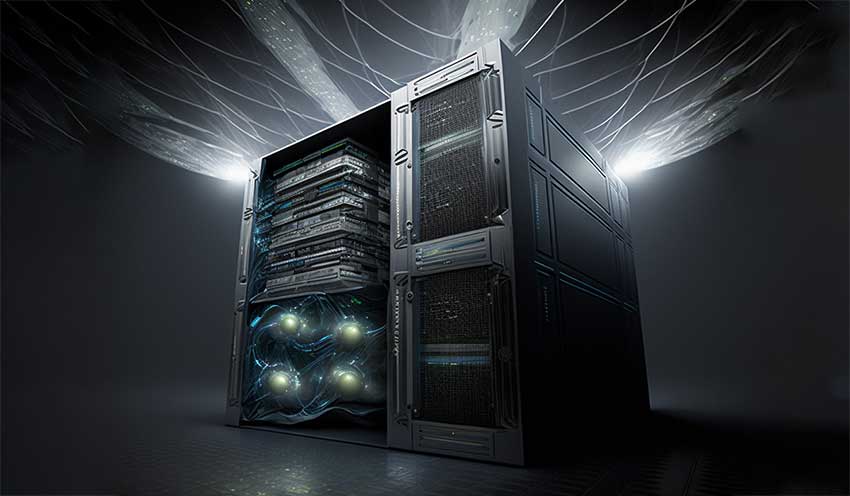Key Distinctions between VMware vSphere ESXi and Microsoft Hyper-V
- Byron Zepeda
- Category: Windows Server
- Read Time: 2 mins

Choosing the right virtualization platform for your business can be a daunting task. With so many options on the market, it's important to know what makes each platform unique. In this guide we discuss the key differences between VMware vSphere ESXi and Microsoft Hyper-V, allowing you to make an educated decision about which one is best for your organization.
Hyper-V vs ESXi - What's the Difference?
The key difference between Hyper-V and vSphere ESXi is their architecture. With Hyper-V, a single physical machine runs the Hyper-V role, allowing multiple users to simultaneously run several different operating systems on separate virtual machines. This platform is designed for simplicity of use and scalability across different teams. On the other hand, vSphere ESXi is designed for larger organizations that require more advanced features designed for large data centers. It allows for more efficient server utilization as well as advanced network configurations.
Security Model Comparison
Understanding the differences between the security models of vSphere ESXi and Hyper-V is key to selecting the right solution for your organization. With Hyper-V, organizations have access to Windows Authentication and Authorization Manager which provides centralized user control, while vSphere ESXi has its own role-based access control (RBAC) system. RBAC allows administrators to set granular permissions based on user roles, ensuring that access is only given to those who need it. Additionally, vSphere ESXi's native encryption capabilities ensure that all data stored on the platform remains secure throughout its lifecycle.
Networking and Storage Comparison
When comparing the network and storage components of VMware vSphere ESXi and Microsoft Hyper-V, it is important to note that both offer support for a range of industry-standard protocols. For example, VMware offers support for iSCSI, NFS, FCoE and more, while Hyper-V supports networking options such as Windows SMB 3.0, NLB or VLAN trunking. With regard to storage capabilities, the differences between the two are more minimal; both platforms offer high flexibility in terms of storage size and scalability with NAS or SAN integration available in either case.
Testing, Resource Management & Automation in Each Platform
When researching virtualization solutions, it is essential to understand the testing, resource management, and automation capabilities of each platform. For VMware vSphere ESXi, there are various ways to monitor resources such as CPU usage and memory allocations in order to keep performance optimized. On the other hand, for Microsoft Hyper-V the most robust testing environment can be obtained by using their System Center Virtual Machine Manager (SCVMM) which offers more comprehensive resource management capabilities. Both offer advanced automation features like scripting and PowerShell commands to increase operational efficiency.
Cost and Pricing Differences
There are major differences between the costs of VMware vSphere ESXi and Microsoft Hyper-V. VMware license prices vary depending on several factors. For example, their Enterprise Suite can cost more than their Standard license bundle. On the other hand, Microsoft Hyper-V is part of many Windows Server Suite bundles, such as Windows Server Datacenter edition, which include license costs for all features provided by the suite. Therefore it can be easier to budget for a VMware solution under certain circumstances.
Popular Tags
Latest Articles
-
VMs get Powered OFF when expanding virtual Disk
-
Temporarily clear locks from your VMs and disks fast
-
Simple Guide on How to Fix a Printer That's Offline
-
SSHing to a Ubiquiti Switch: A Step-by-Step Guide
-
How to Uninstall MSI Using PowerShell and an RMM
-
Getting Started with VMware: Subscribing to VMUG & Getting Discounted Licensing for Your Home Lab
-
AI – A Risky Business: Unveiling the Dangers of AI
-
Key Distinctions between VMware vSphere ESXi and Microsoft Hyper-V
Categories
Certifications

